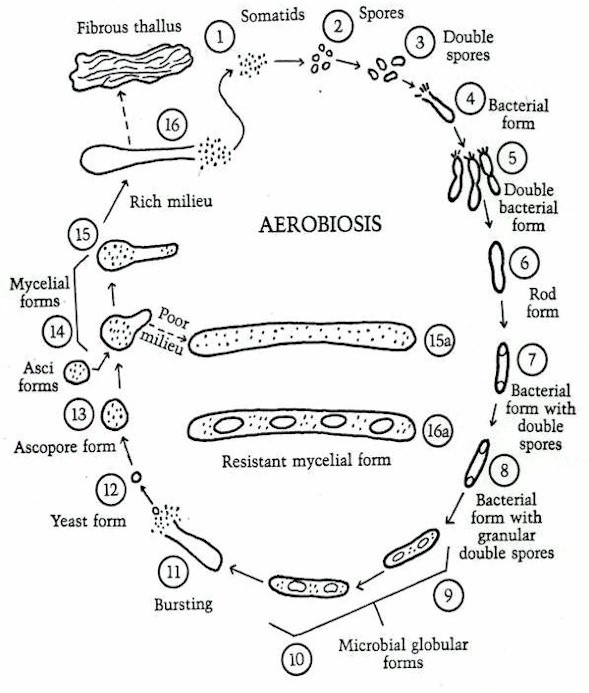Almost sounds like the name of an 80’s band formed by a bunch of organic chemistry geeks…8).
I’m starting to build a train of thought I expect is going to be on the tracks for some while.
Food->Chyme->Glucose/Blood->Langerhan Cells->Somatic Cell(somatid).
The blood you make today will be in your body for the next four months, made from the materials that are in your blood right now.
Try to wrap your head around that. The blood that your body is carrying around right now is being created continuously and was at the most created four months ago with its own components. And it bathes all of our soft tissues in stem cells that settle in for some time waiting in their ready state waiting to do the bidding of circumstance.
And if circumstances shouldn’t call for example in those cells we call Langerhan that with their own unique capabilities of self-renew within the epidermis, are also capable of migrating to lymph nodes in order to present, deposit or dump antigen.
These guys engulf and expel and we call it a cutaneous immune response.
It’s all just eating and pooping folks all the way down to the air you exhale. And it all starts out with just one thing.
Food
How can stem cells increase in the body?
Adipose tissue-derived stem cells are mesenchymal cells with the capacity for self-renewal and multi-potential differentiation. This multi-potentiality allows them to become adipocytes, chondrocytes, myocytes, osteoblasts and neurocytes among other cell lineages.
Chyme: the pulpy acidic fluid which passes from the stomach to the small intestine, consisting of gastric juices and partly digested food.
Mesentary: an organ that attaches the intestines to the posterior abdominal wall in humans and is formed by the double fold of peritoneum. It helps in storing fat and allowing blood vessels, lymphatics, and nerves to supply the intestines, among other functions.
Mesenchyme: a loosely organized, mainly mesodermal embryonic tissue which develops into connective and skeletal tissues, including blood and lymph.
In the last few decades, our understanding of Langerhans cells (LCs) has drastically changed based on novel findings regarding the developmental origin and biological functions of these epidermis-specific resident immune cells. It has become clear that LCs not only exert pivotal roles in immune surveillance and homeostasis but also impact on pathology by either inducing tolerance or mediating inflammation. Their unique capabilities to self-renew within the epidermis, while also being able to migrate to lymph nodes in order to present antigen, place LCs in a key position to sample the local environment and decide on the appropriate cutaneous immune response.
And then there are antibodies.
Modern science cannot make human blood. But I do, out of the stuff I put in my mouth and what I eat today is building the components of my blood that will be sustaining my life for the next 120 days or so.
So will you manufacture blood out of transfats, pharmaceuticals and junk food or will you make your blood out of living foods or dead ones?